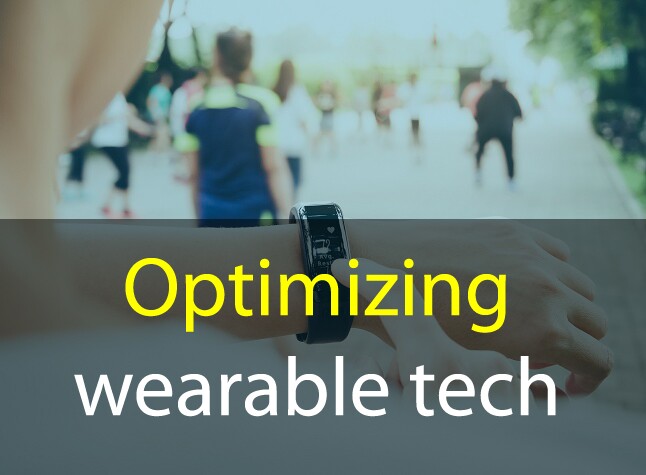Employers are increasingly investing in wearable fitness devices for their employees, and many want guidance on how to implement them effectively. These six promising practices are being used to turn wearables into powerful wellness tools, according to new research from the Health Enhancement Research Organization, a national nonprofit that works to identify and share workplace health best practices.

6 ways to engage employees in a wearables program

1. Give devices to employees at no cost

2. Set goals, offer incentives

3. Get spouses, domestic partners involved

4. Start small to earn big results

5. Mix it up

6. Know the end goals
To see the entire HERO study results,





